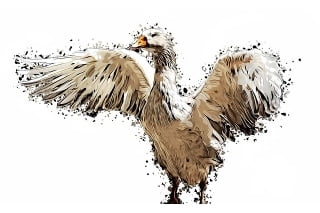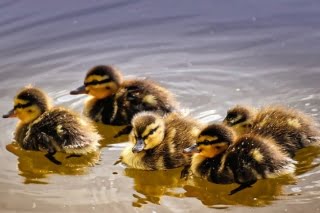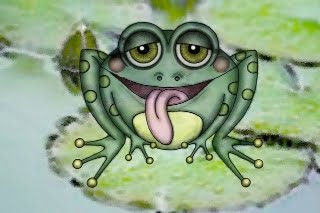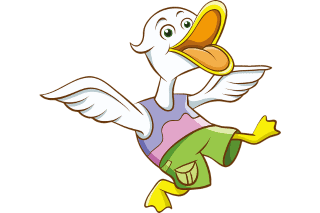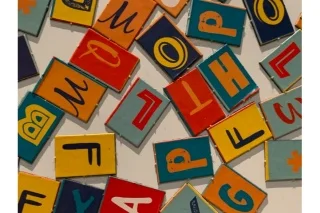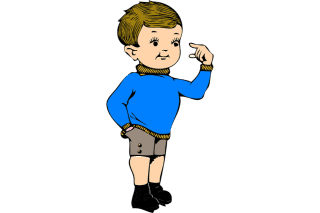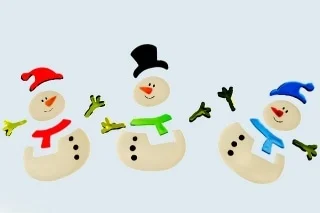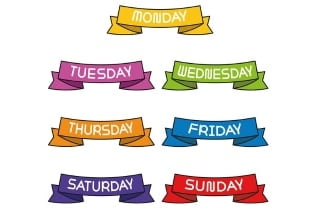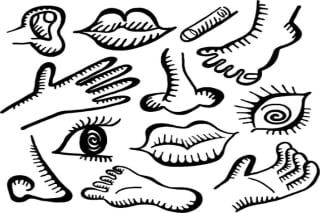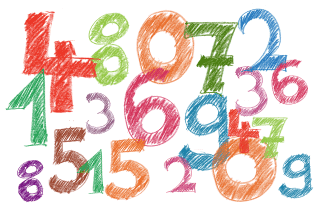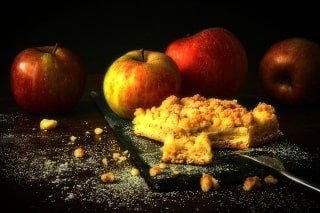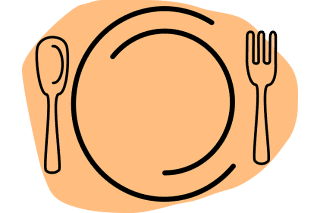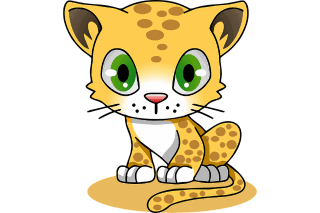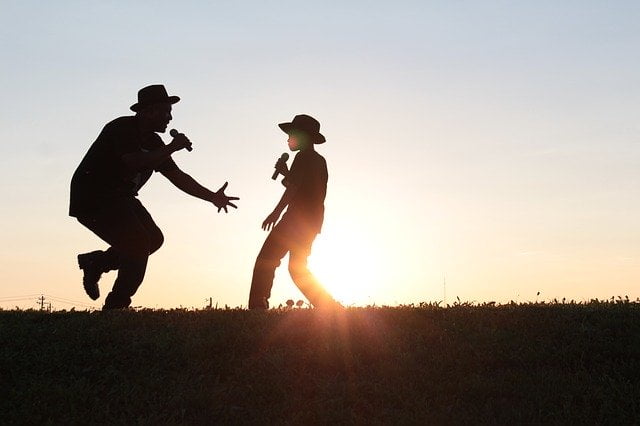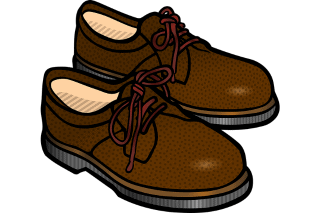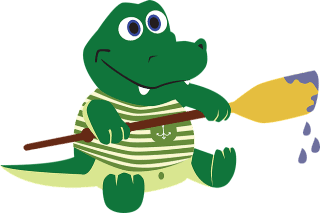
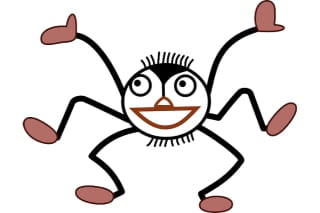
Itsy Bitsy Spider
The song first published in an alternative version in the book, Camp and Camino in Lower California (1910), where it was referred to a “Spider Song”. It appears to be a different version of this song using “blooming, bloody” instead of “itsy bitsy”. It was later published in one of its several modern versions by the California Folklore Society (1948) in Western Folklore, Mike and Peggy Seeger’s, American Folk Songs for Children (1948).
The rhyme is typically accompanied by hand motions or gestures that illustrate the movements of the spider as it climbs up the spout and gets washed down by the rain.
The rhyme is an example of a cumulative song, meaning that it repeats a line or phrase and builds on it with each successive verse. In this case, the first two lines are repeated in each verse, while the third and fourth lines introduce new elements to the story of the spider’s journey. The rhyme also incorporates the theme of persistence in the face of adversity, as the spider climbs up the spout again despite being washed out by the rain.
One of the most notable features of “Itsy Bitsy Spider” is its simple and repetitive rhyme scheme. The rhyme follows an ABAB pattern, with the first and third lines of each verse rhyming with each other, and the second and fourth lines rhyming with each other. The simple and catchy melody of the rhyme, combined with its repetitive structure and playful imagery, make it a popular choice for parents and teachers to teach to young children.
“Itsy Bitsy Spider” Lyrics
“The itsy bitsy spider crawled up the water spout.
Down came the rain, and washed the spider out.
Out came the sun, and dried up all the rain,
and the itsy bitsy spider went up the spout again”
As the song proved to be very popular with kids and more versions appeared in where “crawled” is replaced with “climbed” or ”went”.
“Incy Wincy Spider” Alternative Version
Incy Wincy spider went up the spout.
Down came the rain, and washed poor Incy out.
Out came the sun, and dried up all the rain
And Incy Wincy spider went climbing up again.
In some more versions the “Incy Wincy” spider can be referred as “teeny tiny” spider
The teeny tiny spider went up the water spout
Down came the rain
And washed the spider out
Out came the sun and dried up all the rain
And the teeny tiny spider went up the spout again
Or as “big humongous” spider.
The big humongous spider went up the water spout
Down came the rain
And washed the spider out
Out came the sun and dried up all the rain
And the big humongous spider went up the spout again
“Incy Wincy Spider” Original Version
Oh, the blooming, bloody spider went up the spider web,
The blooming, bloody rain came down and washed the spider out,
The blooming, bloody sun came out and dried up all the rain,
And the blooming, bloody spider came up the web again.
- the itsy bitsy spider lyrics in english
- the itsy bitsy spider hand motions
- incy wincy spider lyrics
- incy wincy spider lyrics in english
- the itsy bitsy spider poem lyrics
- the itsy bitsy spider words
- itsy bitsy spider meaning
- itsy bitsy spider lyrics original
- itsy bitsy spider song lyrics
- simple spider rhymes for kids
- itsy bitsy spider lyrics and actions
- the itsy bitsy spider with hand motions
- nursery rhyme itsy bitsy spider lyrics
Frequently asked questions (FAQ's) based on 'Incy Wincy Spider'
Answer : the another famous name of the song is “Incy Wincy Spider”.
Answer : The song first published in an alternative version in the book, Camp and Camino in Lower California, where it was referred to a “Spider Song”.
Answer : The song was firstly published in 1910.
Answer : The modern version of the song was published in Western Folklore, Mike and Peggy Seeger’s, American Folk Songs for Children 1948.
Answer : California Folklore Society was published its several modern versions in 1948.
Answer : The meaning of Itsy Bitsy extremely small. The spider has these very small little hands and feet.
Question 7 : What did the itsy bitsy do when it rains ?
Answer : Itsy Bitsy washed out when its rain.
Answer : The spider named ‘Itsy Bitsy’ climbed up again on the spout when sun came out.
Answer : The hand gestures typically involve wiggling the fingers to represent the spider climbing up, making a circle with the arms to represent the rain washing the spider out, and then using the fingers again to climb up the imaginary spout.
Answer : There are many different variations of the “Itsy Bitsy Spider” rhyme, including “Incy Wincy Spider,” which is popular in the UK and Australia, and “Eensy Weensy Spider,” which is popular in some parts of the US. There are also many different musical arrangements of the rhyme, ranging from traditional nursery rhyme tunes to modern pop and hip-hop beats.
Some more details based on "Itsy Bitsy Spider"
It is a popular nursery rhyme that tells the story of a spider that climbs up a waterspout during a rainstorm. The rhyme is often accompanied by hand gestures and motions, which children enjoy imitating.
The hand motions for the rhyme typically involve using the fingers to climb up and down as if mimicking a spider’s movements. For example, the first verse might involve wiggling the fingers upwards, while the second verse involves making a downward motion with the hands to mimic the rain.
The origins of the rhyme are unclear, but it is thought to have originated in the United States in the early 20th century. The rhyme has been adapted and recorded in various forms over the years, and it remains a popular children’s song in many English-speaking countries.
The rhyme has also been adapted into different versions around the world, such as “Incy Wincy Spider” in the United Kingdom, “Eensy Weensy Spider” in the United States and Canada, and “Incy Wincy Araña” in some Spanish-speaking countries.
The rhyme has also been adapted into different versions around the world, such as “Incy Wincy Spider” in the United Kingdom, “Eensy Weensy Spider” in the United States and Canada, and “Incy Wincy Araña” in some Spanish-speaking countries.
- itsy bitsy spider full poem lyrics
- incy wincy spider rhymes
- incy wincy spider lyrics in english
- incy wincy spider lyrics in hindi
- incy wincy spider meaning
- incy wincy spider notes
- incy wincy spider poem
- incy wincy spider words
Some activities for children's based on "Itsy Bitsy Spider"
- Spider Web Art Activity
- Give each child a paper plate and have them use a paintbrush to cover the plate with white glue.
- Provide each child with a ball of white yarn and show them how to weave the yarn in and out of the glue to create a spider web design.
- Once the yarn is in place, let the plates dry overnight.
- The next day, children can add a plastic spider to their web or draw their own spider on the plate with markers.
Note: This activity is great for developing fine motor skills and hand-eye coordination. It’s also a fun way for children to be creative and make something that they can display or take home.
- Spider Race Activity
- Divide children into two teams.
- Give each team a small plastic spider and a straw.
- Show children how to use the straw to blow air at the spider to make it move across the floor.
- Have the teams race their spiders across the floor to a designated finish line.
- The first team to get their spider to the finish line wins the race!
Note: This activity is a fun way for children to work together as a team and develop their gross motor skills. It’s also a great way for children to learn about cause and effect as they learn how to blow air through the straw to move the spider.
- itsy bitsy spider full poem lyrics
- incy wincy spider rhymes
- incy wincy spider lyrics in english
- incy wincy spider lyrics in hindi
- incy wincy spider meaning
- incy wincy spider notes
- incy wincy spider poem
- incy wincy spider words
Related links
Categories
Other popular rhymes
Other related keywords and search's
- itsy bitsy spider meaning
- itsy bitsy spider in spanish
- the itsy bitsy spider lyrics in english
- the itsy bitsy spider hand motions
- incy wincy spider lyrics
- incy wincy spider lyrics in english
- itsy bitsy spider lyrics full
- the itsy bitsy spider poem lyrics
- the itsy bitsy spider words
- itsy bitsy spider meaning
- itsy bitsy spider lyrics printable
- itsy bitsy spider lyrics original
- itsy bitsy spider song lyrics
- simple spider rhymes for kids
- itsy bitsy spider lyrics super simple songs
- itsy bitsy spider lyrics and actions
- the itsy bitsy spider with hand motions
- nursery rhyme itsy bitsy spider lyrics

